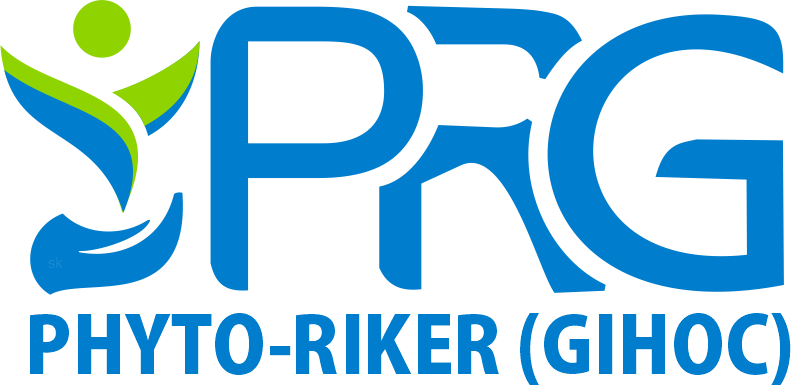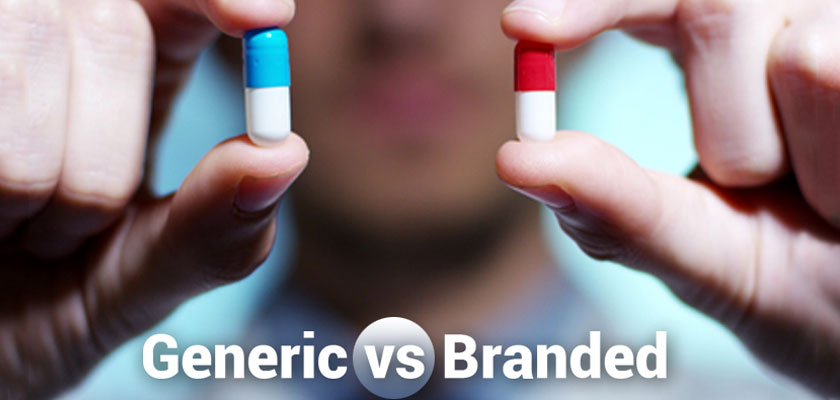- Have any questions?
- info@phyto-rikergh.com
INNOVATOR, BRANDED – GENERIC, GENERIC MEDICINES, BIOEQUIVALENCE

Phyto-Riker (GIHOC) Pharmaceuticals Limited celebrates 60th anniversary this year
May 19, 2022
CODEINE FOR MILD TO MODERATE PAIN
June 27, 2022“Edward, I take Atacand 16mg for hypertension. I have been given another one today. I was told it is Candesartan 16mg and it is the same as Atacand 16mg”.
Atacand is innovator medicine. After the expiration of the innovator company’s patent, other companies can produce provided they meet certain conditions. These are referred to as generics. A company may also decide to produce this off-patent medicine under a unique name – that is a branded generic.
Generic medicines are those where the original patent has expired and which may now be produced by manufactures other than the innovator (patent-holding) company . The World-Wide Health Organization (WHO) defines generic medicine as a pharmaceutical product which is usually intended to be interchangeable with an innovator product, is manufactured without license from the innovator company and is marketed after the expiry date of the patent or other exclusive rights. One of the main principles underpinning the safe and effective use of generic medicines is the concept of bioequivalence (Dunne et al. A review of the differences and similarities between generic drugs and other originator counterparts, including economic benefits associated with usage of generic medicines, using Ireland as a case study. BMC pharmacology and toxicology 2013, 14:1).
Two pharmaceutical products are bioequivalent if they are pharmaceutically equivalent and their bio availabilities (rate and extent of availability) after administration in the same molar dose are similar to such a degree that their efficacy and safety, can be expected to be essentially the same. Pharmaceutical equivalence implies the same route of administration in the same molar dose are similar to such a degree that their effects with respect to both efficacy and safety, can be expected to be essentially the same. Pharmaceutical equivalence implies the same amount of the same active substances in the same dosage form, for the same route of administration and meeting the same or comparable standards.

The main purpose of generic drug development is to reduce the price of marketed drugs (Tacca et al. Lack of pharmacokinetic bioequivalence between generic and branded amoxicillin formulations. A post marketing clinical study on healthy volunteers. British journal of clinical pharmacology 68:1 / 34-42). Accordingly, the regulatory authorities of several countries, including the food and drugs administration, the Europe Agency for the evaluation of medicinal products (EMEA) and the World Health Organization (WHO), have issued guidelines illustrating the terms and conditions under which generic drug products can be reorganized as therapeutically equivalent to their brand name counterparts. The chemical composition of generic formulations may differ from their respective brand products. Indeed, the use of different excipients is commonly allowed by international guidelines under specific terms and conditions. As regards the active ingredients, these molecules can be present in generic formulations as different salts or polymorphic species of the leader compound. In particular, the EMEA guidelines designates as ‘pharmaceutical alternative’ a medicinal product that contains a different chemical from (i.e., salt, ester, etc.) of the active ingredient present in the brand leader.
The MSD Manual Merck Manual (August 2020) has reviews on this issue for customers. I have used portions for this piece. Although 16mg of a brand name chemical is identified to 16mg of the same generic chemical (Candesartan), a 16mg generic pill containing that chemical may or may not have the same effect in the body as a 16mg brand-name pill. A first-time switch like this in a chronic disease patient will require monitoring and counselling by the pharmacist.
Ingredients used in a particular product formulation affects how it is absorbed into the blood stream. Inactive ingredients such as coatings, stabilizers, fillers, binders, flavoring, diluents and others are necessary to turn a chemical to a usable drug product. These ingredients maybe used to provide bulk so that a tablet is large enough to handle, keep a tablet from crumbling between the time it is manufactured and the time it is used, help a tablet dissolve in the stomach or intestine, or provide a pleasant taste and color. Inactive ingredients are usually harmless substances that do not affect the body. However, because inactive ingredients can cause unusual and sometimes severe allergic reactions in a few people, one version, or brand, of a medicine may be preferable to another. For example, chemicals called bisulfites (such as sodium metabisulfite), which are used as preservative in many products, cause asthmatic allergic reactions (wheezing, shortness of breath, chest tightness) and many more. Consequently, drug product containing bisulfites are prominently labeled as such.
Manufacturing must conduct studies to determine whether their version is bioequivalent to the original medicine that is, that the generic version releases its active ingredients (the medicine) in the blood stream at virtually the same speed and in virtually the same amount as the original medicine. Because the active ingredient in generic has already been shown in testing of the brand name to be safe and effective, bioequivalence studies only have to show that the generic version produces virtually the same level of drug in the blood overtime and thus require relatively a small number (24 to 36) of healthy volunteers.
Although people generally think of oral dosage forms, such as tablets, capsules and liquids when they think about generic prescription medicines, generic versions of other drug dosage forms such as injections, patches, inhalers and others, must also meet a bioequivalence standard.

Theoretically any generic medicine that is bioequivalent to its brand name counterparts maybe interchanged with it. For medicines that are off patent, the generic medicine may be the only form available. In cases where small differences in the number of medicines in the bloodstream can make a very large differences in the medicine’s effectiveness, generic medicines are often not substituted for brand name medicines, although bioequivalent generic products are available. The alternative is to stick to one particular brand in such circumstances. Example, warfarin, phenytoin. Medicines that must be given in very precise amounts are less likely to be interchangeable, because the differences between an effective dose and harmful dose (the margin of safety) or ineffective dose is small. Example, Digoxin.
Culled from the features page: Your Health – Ghana Times Newspaper, 27th April 2022.
Article by Dr. Edward O. Amporful
Chief Pharmacist, Cocoa Clinic


